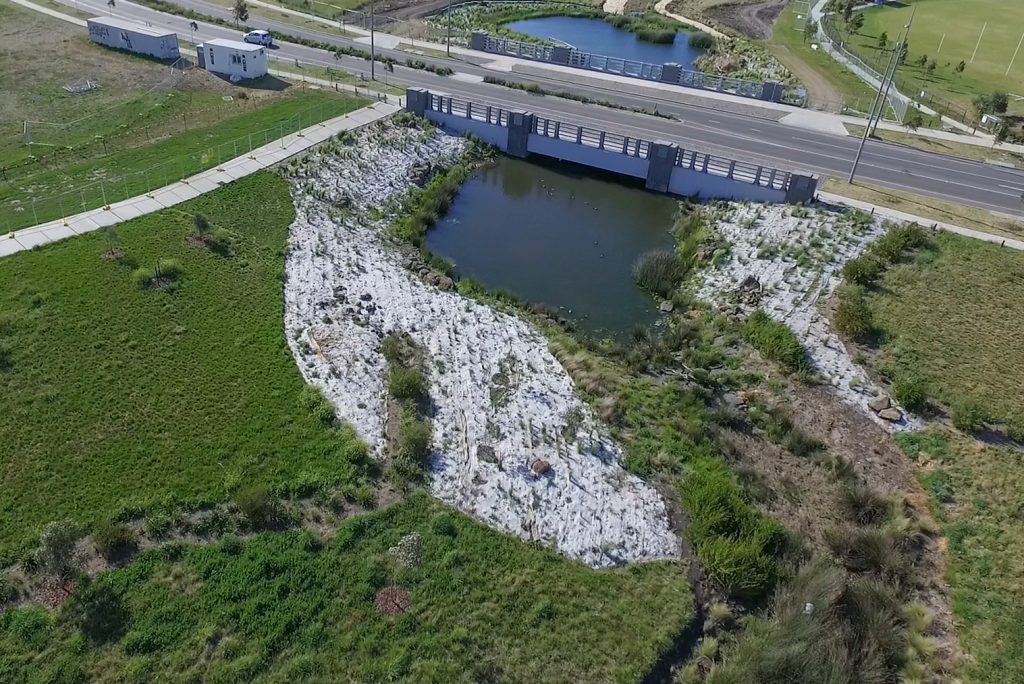
PFAS in the environment
PFAS is an abbreviation for per- and poly-fluoroalkyl substances. For more than 50 years, these chemicals have been manufactured and used in a variety of ways. The utility of PFAS is its ability to make products non-stick, water repellent, and fire, weather and stain resistant. For decades, these chemicals have been used in a range of consumer and industrial products. These include cloths and paper, fire-fighting foams, pesticides and stain repellents.
Fate and persistence of PFAS in the environment
From a manufacturing point of view, PFAS are great because they can resist physical, chemical and biological degradation, and are very stable. However, this stability creates a problem: PFAS are long-lasting and once in the environment, can persist for many years. PFAS comes in many flavours, with the best known being perfluorooctane sulfonate (PFOS), perfluorooctanoic acid (PFOA) and perfluorohexane sulfonate (PFHxS). These substances are very hydrophilic (attracted to water) and have a high solubility in water. This can lead to PFAS leaching from the soil and moving long distances to aquatic ecosystems. Once there, they become part of the food-chain, being transferred from organism to organism.
Environmental Monitoring
The only way to determine if PFAS is present in the environment is through Environmental monitoring. Well designed monitoring programs will firstly determine if PFAS is present and provide quantitative data about concentrations, forms of PFAS and the risk to both the environment and human health. Monitoring provides data to determine whether human health and the environment are protected from PFAS exposure. Adaptive monitoring strategies will then form part of any site-specific management controls, future policy development and determine whether regulatory requirements are being met.
Ambient monitoring programs
Ambient monitoring is used to identify temporal and spatial trends in PFAS levels, and establish baseline information. To adequately assess PFAS in the environment, it is important monitoring extends to:
- Urban soils
- groundwater
- surface waters
- sediments
- biota and
- air
Ambient monitoring should also include sampling across a range of catchment and land uses to provide information around PFAS variation and a landscape level.
Environmental and health guidelines
In Australia, both environmental and health guidance is derived from a variety of sources. In Victoria, the Environmental Protection Agency uses the PFAS National Environmental Management Plan to guide regulatory actions when required. This plan has been developed as an adaptive plan, able to respond to emerging research and knowledge. A fact sheet has also been develop to provide a quick overview of the plan. In the U.S, the EPA has developed an action plan to address PFAS contamination and protect human health.
For more information on PFAS environmental monitoring, please contact us or phone Dave on 0407011074 or Steve on 0425 884 840


